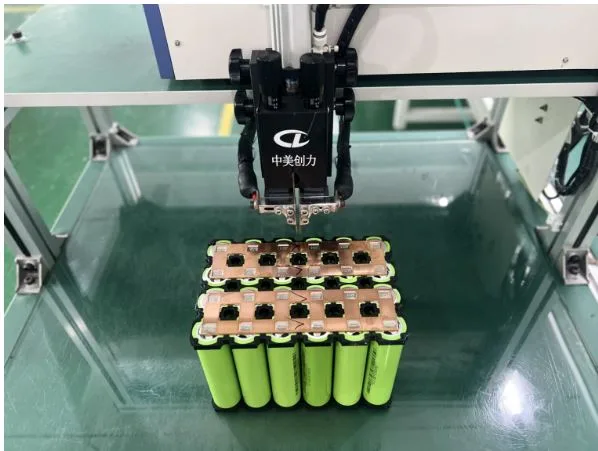How Workplace Safety Culture Affects Injury Claims and Compensation
Key Takeaways:
- A positive workplace safety culture significantly reduces the frequency and severity of injuries.
- Strong safety practices help streamline the injury claim process and improve compensation outcomes.
- Open communication and employee engagement enhance safety compliance and claim reporting.
- Proactive training and ongoing education foster safer work environments and lower costs related to workplace accidents.
- Transparent incident documentation and reporting are vital for smooth compensation claims.
Table of Contents:
- Introduction
- Understanding Workplace Safety Culture
- Impact on Injury Claim Frequency and Severity
- Role of Communication and Reporting
- Effect on Compensation Process
- Importance of Safety Training and Education
- Conclusion
Introduction
The concept of workplace safety culture is at the heart of organizational well-being. It forms the foundation for decisions, behaviors, and attitudes about safety at every company level. This culture not only defines the likelihood of workplace accidents occurring but also shapes the efficiency of responding to those incidents. In today’s environment, organizations with strong safety cultures will likely see fewer injuries, more straightforward injury claim processing, and fairer compensation outcomes for employees. Understanding how safety culture connects to injury claims and compensation can empower employers and workers to nurture safer workspaces and streamline critical processes when incidents occur.
Understanding Workplace Safety Culture
Workplace safety culture is more than just a set of safety policies; it’s the shared values, beliefs, and practices surrounding safety within an organization. When safety is a priority, it is evident in the way businesses operate daily. Signs of a strong safety culture include regular safety meetings, accessible resources for safe work practices, continuous feedback loops, and encouragement for employees to voice concerns about hazards. These elements create an atmosphere where safety is non-negotiable and deeply ingrained into every activity. As a result, employees feel encouraged to report incidents or near-misses promptly, confident that their concerns will be taken seriously and that actions will be implemented to prevent recurrence. This proactive climate not only fosters compliance but also minimizes the likelihood of injuries that result in claims. Moreover, teams that embrace resources such as a workers comp lawyer Florida often demonstrate better awareness of both rights and responsibilities, which leads to smoother claims management and fairer compensation when injuries do happen.
Impact on Injury Claim Frequency and Severity
A workplace with a robust safety culture naturally experiences fewer injuries over time. Employees in these environments recognize unsafe behaviors and correct them before they escalate into incidents requiring medical attention or compensation. Regular safety audits, consistent communication, and follow-through on corrective actions all contribute to lower risk levels. In addition, because hazards are addressed swiftly, the injuries that do occur tend to be less severe. This reduction in the frequency and seriousness of incidents leads to fewer claims and minimizes the cost and disruption of prolonged absences or complicated medical treatments. The overall workplace morale also benefits when workers trust that their employer is committed to safety, and they are more likely to feel valued and protected. As a result, the organization also benefits through improved productivity, reduced liability, and a stronger reputation in the industry.
Role of Communication and Reporting
Effective communication channels lie at the core of any high-performing safety culture. Open dialogue between employees and management ensures that hazards, near-misses, and accidents are reported without fear of reprisal or inaction. This willingness to communicate creates a record of safety performance and enables organizations to identify patterns or emerging risks before they result in injury. In workplaces where reporting is seamless, claims are submitted more quickly, documentation is thorough, and insurance providers or regulatory bodies receive all necessary details to process claims efficiently. Furthermore, well-communicated safety policies clarify the process for injury claims, equipping employees with confidence to report incidents accurately and to participate fully in investigations. Over time, this clarity shortens resolution times and promotes fairness in determining compensation.
Effect on Compensation Process
The compensation process is often smoother and more transparent in organizations that foster a safety culture. When policies are communicated and adhered to, it leads to comprehensive incident reporting, providing the documentation required for quick and accurate claim evaluation. Claims backed by detailed records and swift medical assessments stand a far better chance of being approved without prolonged disputes. Moreover, employers with a strong safety culture are more likely to support injured employees through timely medical care, modified duties during recovery, and return-to-work programs that prioritize well-being. These proactive measures facilitate continuity of work and minimize the interruption to individual livelihoods and organizational operations. As a result, fair and appropriate compensation can be delivered promptly, reinforcing employee trust and securing organizational integrity.
Importance of Safety Training and Education
Regular safety training and ongoing education are foundational components of a productive safety culture. When employees receive comprehensive orientation and refresher courses about risks, procedures, and emergency protocols, they are empowered to identify and mitigate hazards before they result in injury. This knowledge translates into a workforce that is more competent and more invested in collective safety outcomes. Training sessions also allow team members to ask questions, clarify ambiguities, and recommend improvements that may not be apparent to management. Ongoing education ensures that safety is not a static checklist but a dynamic, evolving part of the workplace’s daily operations. The result is a cycle of continuous improvement, reduced claim rates, and greater assurance that compensation processes remain timely when incidents happen.
Conclusion
A thriving workplace safety culture offers substantial benefits for everyone involved. It actively reduces injuries, ensures that any claims made are backed by complete and timely information, and streamlines the path to just compensation for those affected by workplace incidents. Companies foster environments where employees feel secure and valued by prioritizing safety at every level through open communication, consistent training, and unwavering management commitment. When incidents occur, proactive and positive safety cultures help organizations respond quickly and effectively, minimizing negative impacts and allowing for fair recovery. For employees and employers alike, cultivating a robust safety culture is an investment in long-term health, efficiency, and organizational resilience.





